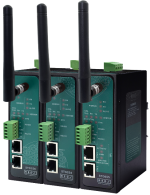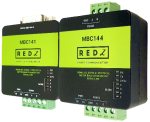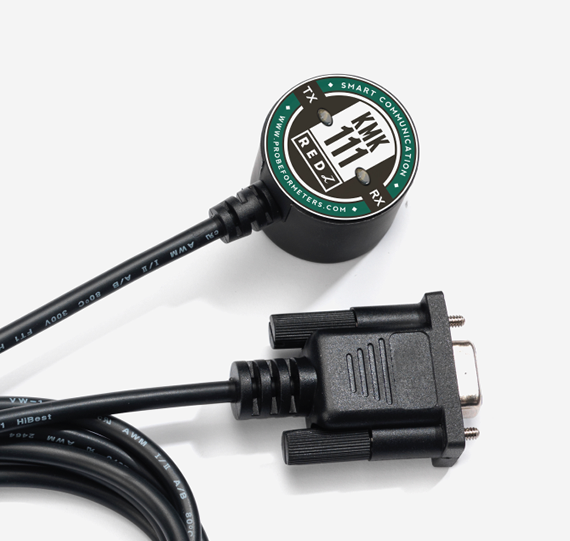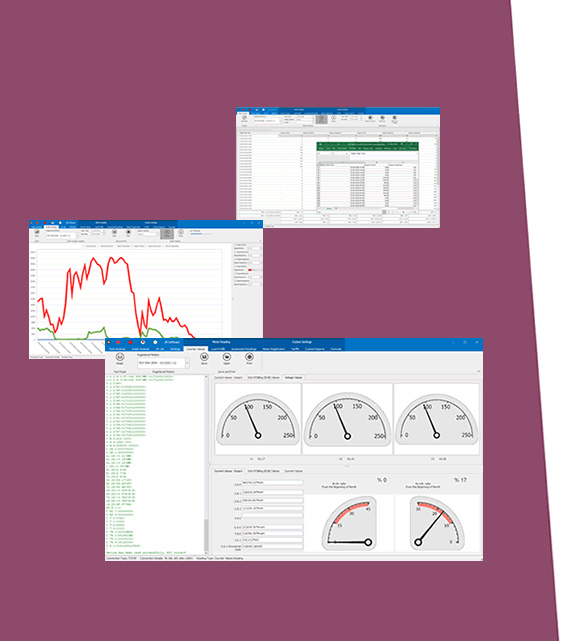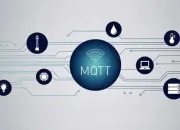1. Introduction
A "Remote I/O Device" is a hardware component used in industrial automation and control systems to enable remote monitoring and control of input and output signals. It connects various sensors, actuators, and other devices located at different distances from a central control system, allowing communication between them and the main controller (such as a PLC—Programmable Logic Controller).
A Remote Input/Output (I/O) device is designed to extend the reach of control systems by linking physical devices in the field (sensors, switches, motors, etc.) to a central control system, even when those devices are located far from the main controller. Instead of directly wiring every sensor and actuator to the controller, remote I/O devices provide an efficient means of communication via industrial networks like Ethernet/IP, PROFIBUS, Modbus, or CANopen.
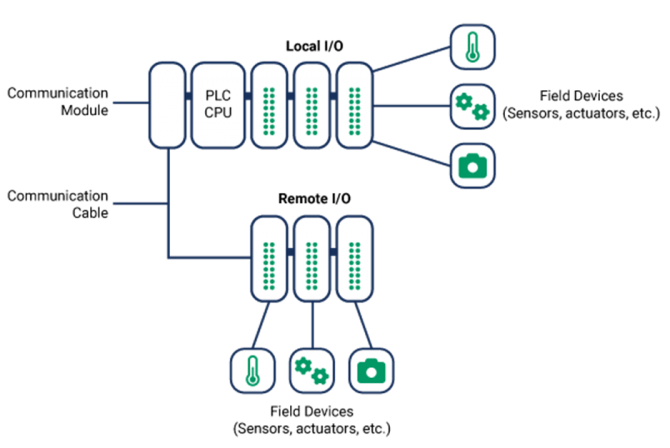
Reference: https://maplesystems.com/what-is-remote-io/
2. Key Components
- Inputs: Remote I/O devices collect data from sensors such as temperature sensors, pressure transducers, and proximity switches.
- Outputs: These devices also send signals to actuators like relays, motors, or valves to perform specific actions.
- Communication Interface: Remote I/O devices typically include communication modules that connect to field networks, enabling them to communicate with the main control unit from a distance.
3. Types of Remote I/O Devices
- Analog I/O: Used for continuous signals such as temperature or pressure.
- Digital I/O: For binary signals, such as ON/OFF switches, push buttons, and lights.
- Specialty I/O: These might include devices for pulse counting, high-speed inputs, or custom interfaces specific to certain industries.
4. Why Use Remote I/O Devices?
1. Reduced Wiring Complexity: Instead of running multiple cables for every single device back to the central control room, remote I/O systems require fewer cables by concentrating I/O connections in remote field areas.
2. Scalability: Remote I/O systems can be easily expanded by adding more devices as the system grows.
3.Distributed Control: Remote I/O devices allow for distributed control in large facilities, enabling faster response times and localized decision-making.
4. Cost Efficiency: By reducing the amount of wiring and simplifying installation, remote I/O devices can reduce costs in large industrial systems.
5. Applications of Remote I/O Devices
- Manufacturing Plants: In large factories, remote I/O devices help in monitoring and controlling various processes such as assembly lines, robotic systems, and conveyor belts.
- Oil & Gas: For controlling and monitoring equipment over large distances, especially in hazardous areas where it’s not feasible to have centralized control.
- Building Automation: Used for monitoring and controlling HVAC systems, lighting, and security systems across different areas of a building.
-Water Treatment Plants: Remote I/O devices help manage the complex network of pumps, valves, and sensors spread over large geographical areas.
6. How Remote I/O Devices Communicate
Remote I/O devices use communication protocols like Ethernet/IP, Modbus TCP/IP, or PROFIBUS to send and receive data from the central PLC or DCS (Distributed Control System). The data from sensors (input signals) are processed by the remote I/O device and sent to the controller, which then makes decisions and sends output signals back to the device to activate actuators.
7. Where to Use Remote I/O Devices
1.Large-Scale Industrial Systems
In manufacturing plants, oil refineries, and processing plants that cover large physical areas, Remote I/O devices are ideal because they reduce the need for extensive wiring. They can be installed near machines or sensors, simplifying the layout.
2. Distributed Control Systems (DCS)
In systems where control functions need to be decentralized, Remote I/O devices allow various sections of the plant to be monitored and controlled independently while still communicating with a central controller.
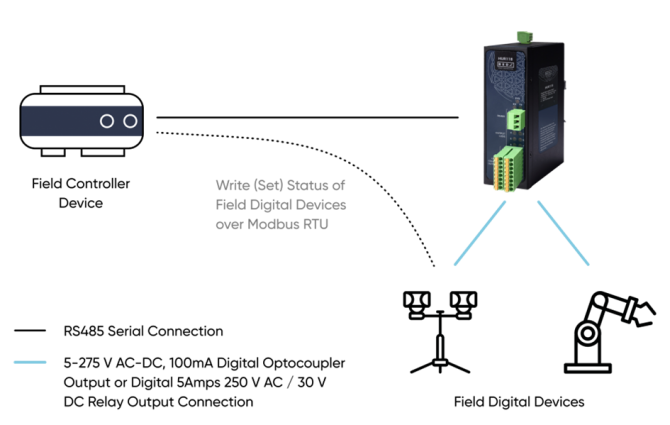
Reference: https://redz-sc.com/en/manuals/hur-series-modbus-rtu-remote-io-devices-user-manual
3.Hazardous or Inaccessible Areas
Remote I/O devices are often used in harsh environments such as oil rigs, chemical plants, or areas with explosive risks, where wiring may be impractical or hazardous. These systems reduce the need to place sensitive or expensive control equipment in such environments.
4.Modular or Expanding Systems
Facilities that plan to expand over time can benefit from Remote I/O. It is easier to add new devices to the network than to run new wiring each time. Systems like building automation, water treatment plants, or smart grid applications often need this kind of scalability.
5.Monitoring Remote Locations
Industries such as oil and gas pipelines, remote substations, and water distribution systems often span across wide geographical areas. Remote I/O devices help connect these distant parts to a centralized monitoring and control system, using communication networks like Ethernet or cellular networks.
6. Applications with High I/O Density
When there are many I/O points in a specific location, such as an assembly line or robotic station, Remote I/O devices allow localized control, reducing the number of wires leading back to a central controller.
8.Where Not to Use Remote I/O Devices
1. Small or Compact Systems
In systems where all components are located in a small physical space, such as a single machine or a compact processing unit, Remote I/O devices may not be necessary. Direct connections to the PLC or central controller are simpler and more cost-effective in these cases.
2. High-Speed, Time-Critical Applications
In systems where extremely fast response times are required, such as in certain types of robotics, motion control, or real-time data processing, the slight delay introduced by networked communication (due to protocol processing or transmission times) may not be acceptable. In these cases, it’s better to connect I/O devices directly to the controller.
3. Budget-Constrained Projects
Remote I/O systems require additional hardware like communication modules, fieldbus couplers, and sometimes more expensive I/O modules. For small-scale, budget-constrained projects, the cost of these devices may outweigh their benefits, especially when the control equipment and sensors are close together.
4. Highly Secure or Isolated Systems
In critical infrastructure applications where extreme security or isolation is required (like military applications or highly sensitive data processing environments), the networking aspects of Remote I/O devices could introduce vulnerabilities. In such cases, hard-wired and physically isolated control systems may be preferred.
5. Simple Control Requirements
In systems that don’t require complex automation, such as small HVAC setups or local machine controls, Remote I/O devices may be overkill. Direct wiring or using basic I/O modules directly attached to the controller is often more straightforward and cost-efficient.
9. Conclusion
Remote I/O devices are essential for modern industrial automation systems. They offer a cost-effective, scalable, and flexible solution for controlling and monitoring remote devices over large areas. Their use helps reduce wiring complexity, improves system reliability, and increases overall efficiency in a wide range of industrial applications.When deciding whether to use a Remote I/O device, it’s important to evaluate the specific needs of your application. While they are highly useful in many scenarios, there are situations where they might not be the best choice.



